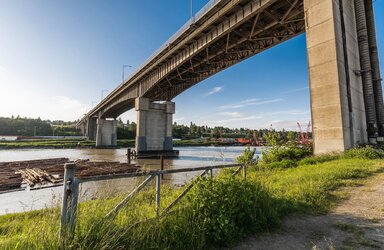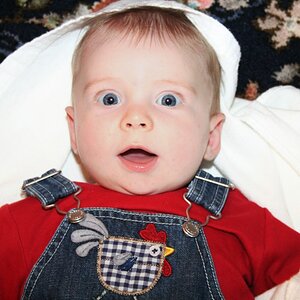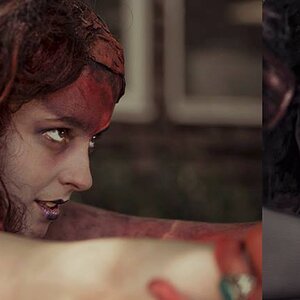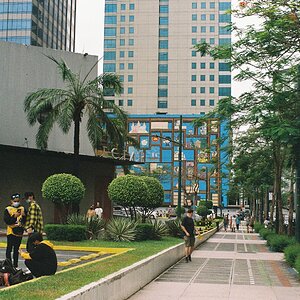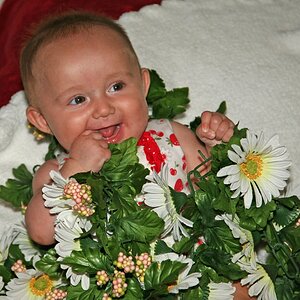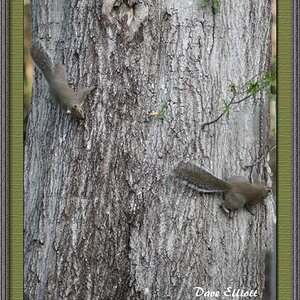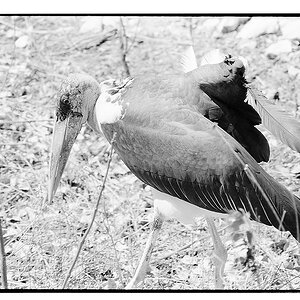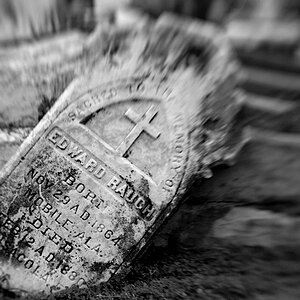PaulWog
No longer a newbie, moving up!
- Joined
- Jun 17, 2013
- Messages
- 1,153
- Reaction score
- 188
- Location
- Canada
- Can others edit my Photos
- Photos NOT OK to edit
I'm wondering if there are any online guides, videos, etc, that you might recommend above the plethora that exist out there. Focal length is 15-30mm full frame equivalent perspective.
I'm specifically looking to:
- Get some information on how I should be practicing the framing of the shot. Height of the camera, angle of the shot up/down, etc.
- Get some information on how best to merge panorama to photoshop CS5 from Lightroom without losing the RAW data in the shot (I don't have CS6, I own my copy of CS5, and so the NEF files from my D5200 are not supported. I can convert to DNG, but I'm not sure if I can then take that merged panorama back to lightroom after at any point, or if I even should care at that point.)
I've been shooting for about a year now. I've focused a lot more on portraiture, photographs of my family / girlfriend / dog, etc. I do well with that. Landscapes and inanimate objects can be more tricky to get something interesting out of. I know how to deal with leading lines, rule of thirds, contrasting features across a photograph, empty space vs filled space, etc. Nevertheless, wide angle shots are a whole new beast to me (mind you, I'm not particularly experienced with any focal length of landscape shots at the moment).
I'm specifically looking to:
- Get some information on how I should be practicing the framing of the shot. Height of the camera, angle of the shot up/down, etc.
- Get some information on how best to merge panorama to photoshop CS5 from Lightroom without losing the RAW data in the shot (I don't have CS6, I own my copy of CS5, and so the NEF files from my D5200 are not supported. I can convert to DNG, but I'm not sure if I can then take that merged panorama back to lightroom after at any point, or if I even should care at that point.)
I've been shooting for about a year now. I've focused a lot more on portraiture, photographs of my family / girlfriend / dog, etc. I do well with that. Landscapes and inanimate objects can be more tricky to get something interesting out of. I know how to deal with leading lines, rule of thirds, contrasting features across a photograph, empty space vs filled space, etc. Nevertheless, wide angle shots are a whole new beast to me (mind you, I'm not particularly experienced with any focal length of landscape shots at the moment).


